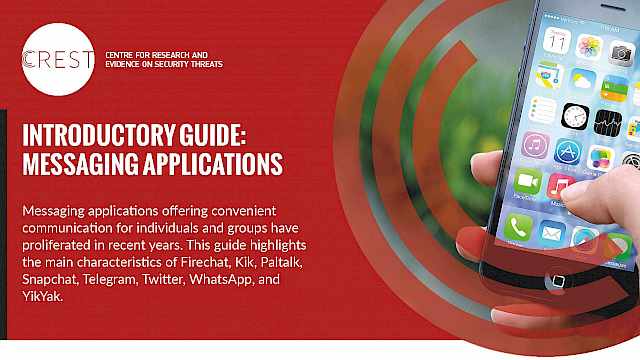The Timeline Technique helps interviewees recall and report events from a particular time period in sequence, identify individuals involved, and link those individuals with their actions.
It can be used by interviewers to help interviewees by giving them an intuitive way of organising their recall and reporting, which makes it easier to organise their thoughts and reduces demands on working memory.
How does it work?
We use our ‘working memory’ to temporarily store and manage the information required to carry out complex cognitive tasks such as reasoning, decision-making, and organising recalled information.
Working memory has a limited capacity and can easily become overloaded. Recalling details about complex events that happened over a period of time is difficult for most people because it places a lot of demands on cognitive processing, including working memory.
The Timeline Technique helps interviewees by giving them an intuitive way of organising their recall and reporting
The Timeline Technique helps interviewees by giving them an intuitive way of organising their recall and reporting, which makes it easier to organise their thoughts and reduces demands on cognitive processing.
The Timeline Technique helps the interviewee to organise and report their recollections of the main events occurring over an extended period, place events in the order or sequence in which they occurred, and identify key individuals encountered and the contexts in which they were encountered.
Compared to a ‘free recall’ technique (e.g. “tell me everything you can remember about the events”), the Timeline Technique:
- is easier for the interviewee because it supports the remembering process
- typically yields more detail about descriptions of people, actions they took, sequences, and verbatim quotes
- enables the interviewer to access a detailed initial understanding of the interviewee’s experiences over the relevant time period.
As the method is largely self-administered, the interviewee is also less likely to encounter leading or suggestive questions that may influence or distort their account.
Read more
- If you are interested in reading some of the research behind this guide, please see Who? What? When? Using a timeline technique to facilitate recall of a complex event
Copyright Information
As part of CREST’s commitment to open access research, this text is available under a Creative Commons BY-NC-SA 4.0 licence. Please refer to our Copyright page for full details.






